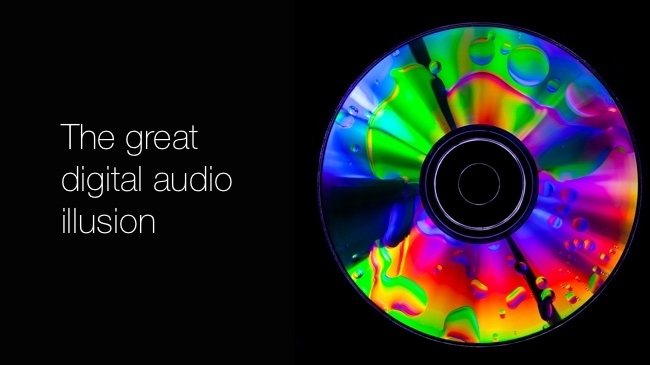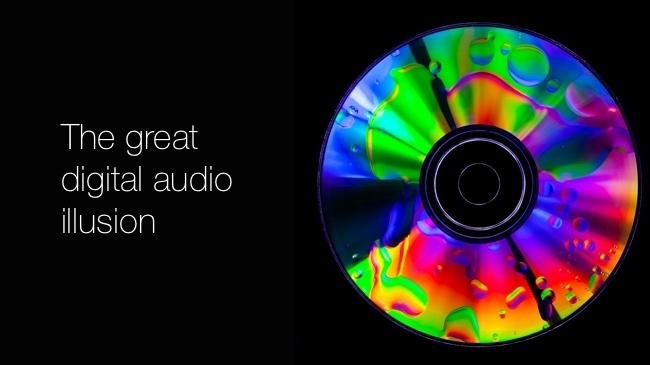
We take a look back at the early days of digital audio, when the newness of that "velvety silence" masked early faults.
 Disc graphic by www.shutterstock.com.
Disc graphic by www.shutterstock.com.
High resolution digital audio is undoubtedly the best way we have currently to record sound. For all sorts of reasons, it's much better than the digital audio most of us first experienced when CDs burst on to the scene in the early 80s. And for most of us, back then, digital audio sounded amazing. Since then, though, people have increasingly started to prefer analogue sound. How did this happen?
Tape to disc
In the late 70s and the early 80s, the state of the art in mainstream consumer audio was the cassette player. Well, perhaps it was wrong to call it state of the art. It had been the state of the art for quite some time, but incremental improvements meant that it no longer sounded terrible. In fact, on a good day, it could sound pretty good, with only minimal noise and a cheerfully warm analogue 'sound'.
Meanwhile, record players were pretty good, if you were able to ignore scratches and hiss. And most people could, to some extent.
But CD players were something else. Expectations where high when they first appeared in the shops, probably because of Phillips' advertising slogan, which was "Compact Disc: Perfect sound, forever," neither of which claims is actually true.
My first CD deck took a while to boot up and, when it did, it rather unpromisingly said "POO" in the display. I'm told this meant Program Zero, but they could perhaps have phrased it better.
But I thought it sounded wonderful, with perfect silence between the tracks (never before heard, either on tape or record) and the ability to randomly skip to any track, almost instantly.
Evolved listening
It didn't occur to me at the time that CDs might have sounded edgy or brittle. Nor did I know that the converters in the early CD players most likely only had a resolution of 14 bits. That velvety silence between the tracks did it for me every time.
And it taught me an important lesson, which is that if you're editing an interview or a conversation, you always have to include some room noise to fill in any gaps. Pure silence sticks out like a lighthouse and instantly makes your edit sound unrealistic.
But at the start and finish of tracks, digital silence almost makes you think, "if the silence is that good, the music must be good too." This is a real effect. It actually works. It covers up for a multitude of sins.
But, eventually, the novelty wore off. Our ears became more educated and discriminating. Early digital audio didn't sound great, in many cases. Looking back, it's not surprising. In the decades since CDs were launched, our technology has leaped forward (just as long as you don't mention MP3s).
Graphic by Shutterstock
Tags: Audio


Comments